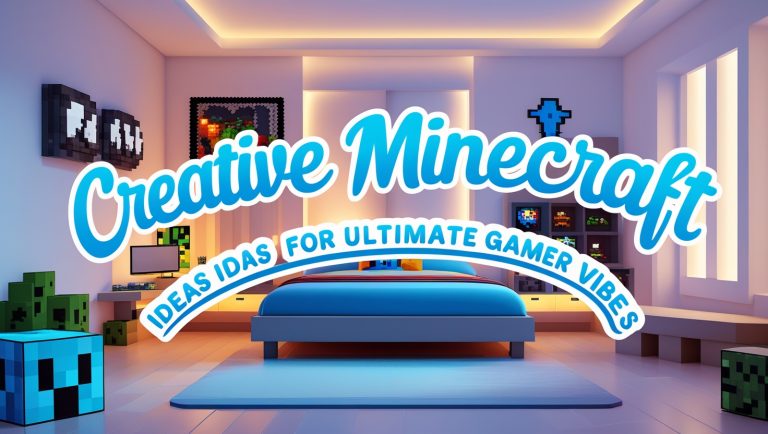How to Arrange Furniture for Better Flow
Introduction
Furniture arrangement is more than just placing couches and chairs—it shapes how a space is experienced, how people move, how connected or cozy it feels. Good flow makes a room feel welcoming, open, functional. Poor arrangement can make even a beautifully furnished room feel cramped or awkward. Especially in small homes, open-plans, or rooms with multiple functions, knowing how to arrange furniture for optimal flow can dramatically improve comfort, usability, and visual harmony.
The Principles Behind Good Flow
Focal Points Guide Furniture Layout
A focal point anchors a room and gives everything else a reference. This could be a fireplace, a large window, a piece of artwork, or even a TV. When you identify the focal point, orienting major seating toward it gives a natural order. It helps conversations, movement, and sight lines feel intentional rather than random. According to DexDecor, positioning main seating so it faces the focal point is one of the first steps in planning better flow. DexDecor
Clear Pathways & Traffic Zones
People should be able to move comfortably through the room without squeezing between furniture or walking through seating areas. Clear pathways are essential. Designers often recommend leaving at least 24-30 inches (about 60-75 cm) between furniture pieces for secondary paths, and more for primary walking routes. DecoFond+2Coohom+2 Avoid blocking doors, windows, or high-traffic zones. Real Homes+1
Proportion, Scale & Visual Balance
Furniture must suit the size of the room. Oversized sofas or armchairs in small rooms dominate the space. Tiny pieces in large rooms get lost. Mix large and small furniture thoughtfully so the room feels balanced. Distribute visual weight so no one side feels heavier. For example, pairing a large sofa with smaller accent chairs, or balancing a heavy bookshelf with lighter furnishings. DecoFond+1
Define Functional Zones
Especially in open concept homes or multiuse rooms, defining zones helps preserve flow while giving each area identity. Rugs, different lighting, furniture arrangements, or even slight changes in flooring can delineate a living area, dining space, or workspace without walls. §DexDecor notes using rugs under seating zones and placing furniture to mark boundaries helps maintain order. DexDecor+2Home Decor Bliss+2
Practical Strategies to Arrange Furniture
Start with the Biggest Pieces First
Place larger items first (sofa, bed, dining table) then build around them. This helps you see how much space remains and avoid overcrowding. Larger pieces often define the layout more than smaller items.
Pull Furniture Slightly Away from Walls
It’s a common instinct to push furniture against walls to maximize space, but pulling them a bit inward can create more intimacy and invite movement around the pieces. It also allows light and airflow behind furniture, which improves both perception of space and comfort. Home Decor Bliss
Angle Furniture Subtly
Slight angles can soften rigid layouts and improve flow. An angled chair or sofa can open up pathways and avoid blocking sightlines. But too many angled pieces become chaotic; angle sparingly.
Use Furniture as Room Dividers
When walls aren’t available (open concept), furniture can define zones. A console table, bookshelf, or sectional sofa can act as a divider. Rugs under seating or table areas further clarify zones without closing them off. Home Decor Bliss+1
Allow Flexibility & Adjust Over Time
Flow requirements change with how you use a room over days (entertaining vs relaxing) and over years (family changes, new furniture). Choose some pieces that are easy to move. Test arrangements before committing. Sometimes live-with an arrangement for a week or two and tweak small adjustments.
Common Mistakes to Avoid
- Blocking major pathways: placing furniture in the way of how people naturally enter, exit, or move through the space.
- Furniture too large for the room: scales that overwhelm.
- Neglecting sightlines: obstructed views from entry points or windows make rooms feel closed in. Homes and Gardens+1
- Over-defining zones so much that the room feels fragmentary rather than coherent.
- Forgetting lighting and accessibility: small side tables should be reachable, lamps positioned for purpose, power outlets considered when placing electronics.
Design & Psychological Impacts of Flow
Good flow reduces friction in daily life: walking from the door to a sofa, moving between couch and media center, sitting at dining table without bumping into furniture. Less physical friction often means less mental fatigue. Rooms that “flow” well feel calmer, more welcoming, more usable.
Psychologically, well-arranged furniture enhances a sense of control, reduces visual clutter, and supports better social interactions. Studies on environmental psychology suggest surrounding yourself with organized, open, well-designed spaces improves mood and productivity.
Video Resource
Here is a live YouTube video showing real-world furniture layout before & after examples, demonstrating how modifying arrangement improves flow:
Furniture Layout Tips for Better Flow
References
- Guide to Arranging Furniture for Better Flow, DexDecor. DexDecor
- 10 Ways to Arrange Furniture for Better Flow, Habitari Interior Design. Habitari Interior Design
- Smart Furniture Arrangement for Open Living Spaces, Coohom. Coohom
- The Flow Factor: 7 Essential Considerations for Perfecting Your Furniture Layout, DecoFond. DecoFond
- Real Homes: How to Create Good Flow in Your Home Design. Real Homes
Conclusion
Better furniture flow is not about following rigid rules but about arranging your space thoughtfully so that people can move freely, feel connected, and use each area with ease. Start with focal points, leave pathways clear, pick furniture with scale in mind, define zones visually rather than with walls, and tweak over time. With attention to flow, any room—no matter its size—can feel intuitive, comfortable, and open.







